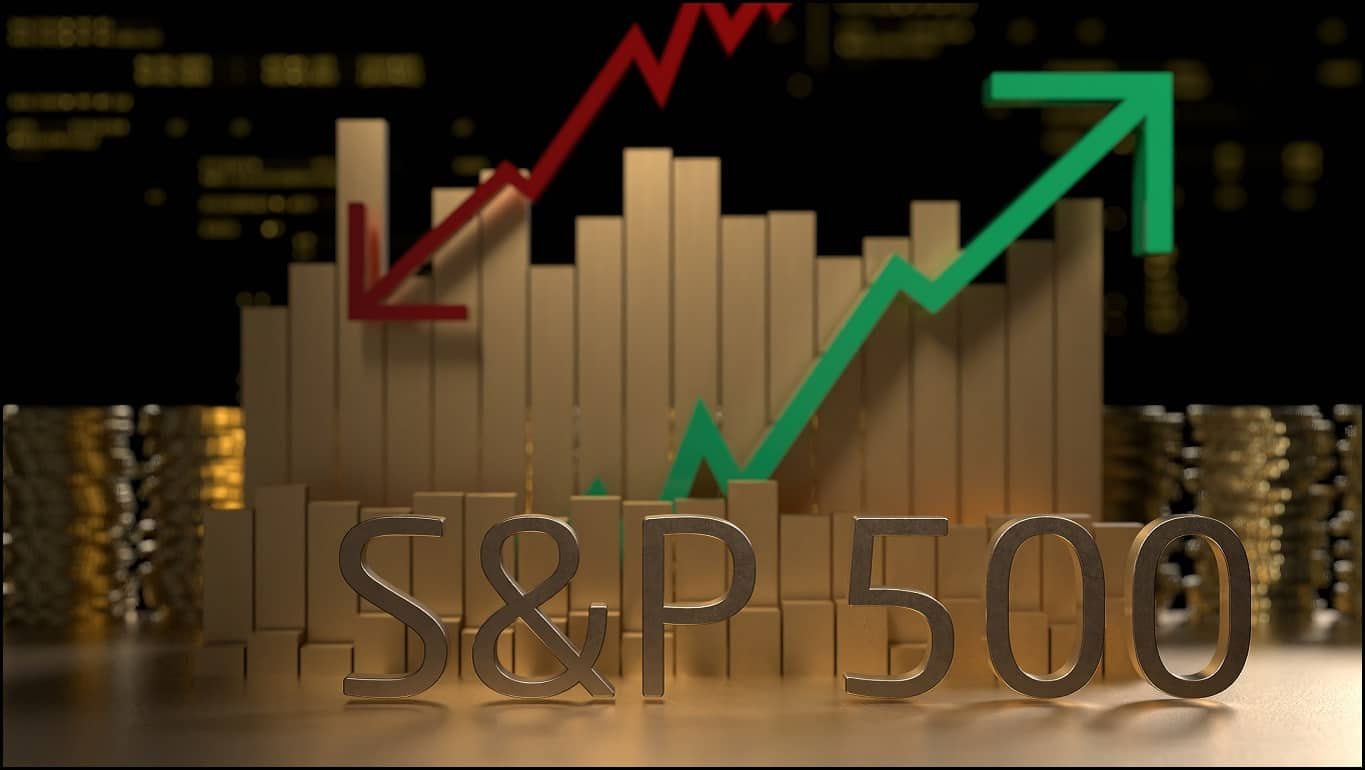
exc-64a22f9c499af75e390faa5f
The world of finance has its own rhythm and patterns, a series of waves that are as predictable as they are perplexing. One of the key instruments in understanding these patterns is the Elliott wave. In this article, we’ll delve into a recent forecast of the S&P, where an inverse head and shoulders bottom formed on a zigzag right at .382 retracement.
The Basics of Elliott Wave Theory
The Elliott wave theory is a method of technical analysis that looks for recurrent long-term price patterns related to persistent changes in investor sentiment and psychology.
def elliott_wave(price_patterns):
# analysis code here
“The Elliott wave theory is a method of technical analysis that finance traders use to analyze financial market cycles and forecast market trends by identifying extremes in investor psychology, highs and lows in prices, and other collective factors.” – Ralph Nelson Elliott
Elliott Wave Theory
The S&P’s Recent .382 Retracement
On June 30, 2023, the S&P hit a significant marker: a .382 retracement. This means that the index retraced, or pulled back, 38.2% from its previous high.
.382 retracement level was 4320
The S&P hit 4325
The index retraced .618 so far
The Implications of the .382 Bottom
What does this mean for investors and traders? A .382 retracement is a significant event in the world of finance. If the S&P breaks to 4425, it could set up a 5 of 3 wave to as high as 4659-4700.
What is a 5 of 3 Wave?
In Elliott wave theory, a 5 of 3 wave refers to the third wave in a five-wave sequence. The third wave is often the strongest and longest wave, indicating strong market sentiment.
Looking Ahead: W1, W2, and W3 Waves
The S&P’s .382 bottom may be just the beginning. The index could see W1, W2, and possibly W3 waves to new highs and higher in the coming days.
What are W1, W2, and W3 Waves?
In Elliott wave theory, W1, W2, and W3 refer to specific waves within a cycle. W1 is the initial wave, W2 is a corrective wave, and W3 is usually the longest and strongest wave.
Conclusion
The S&P’s recent .382 bottom is an exciting development for traders and investors. By understanding the implications of this event and its potential effects on future waves, we can better navigate the financial seas.







